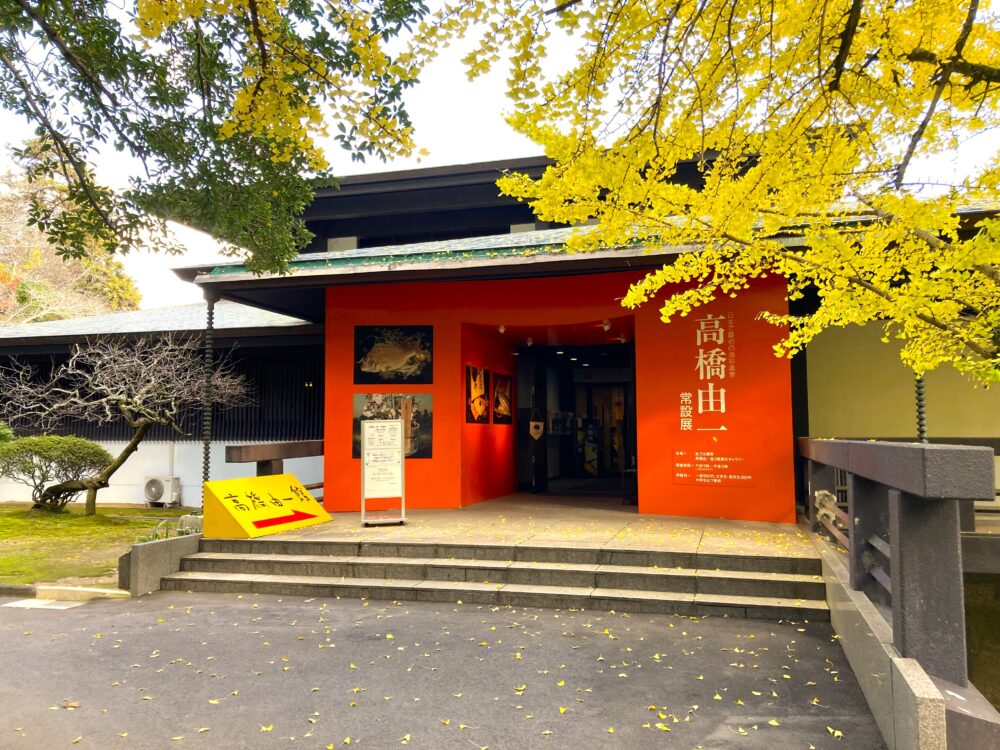
What Is the Takahashi Yuichi Museum?
Located in Kotohira Town, Kagawa Prefecture, Kotohira Shrine—affectionately known as “Konpira-san”—sits halfway up Mount Zōzu. While most visitors come for the shrine’s spiritual charm, there’s a hidden gem tucked within the grounds: a small art museum called the Takahashi Yuichi Museum.
This museum features 27 oil paintings by Yuichi Takahashi, one of the pioneers of Western-style painting in Japan. You might wonder, “Why are Meiji-era oil paintings displayed inside a historic shrine?” The answer lies in a fascinating story that connects art and tradition.
The museum is located around the 400th step of the 785-step stone staircase leading to the main hall of the shrine. Even if you don’t go all the way to the top, be prepared for a bit of a workout. Comfortable walking shoes, like sneakers, are highly recommended.
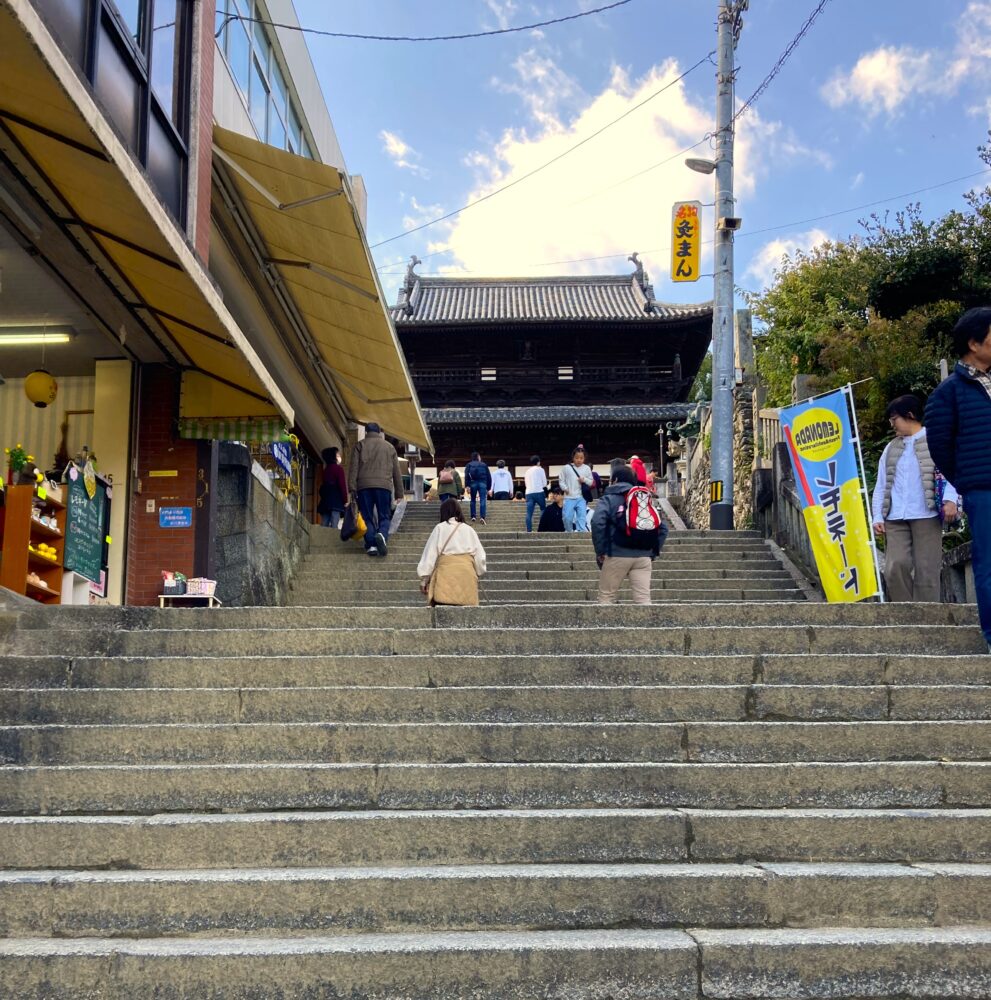
Who Was Yuichi Takahashi? And What’s His Link to Kotohira Shrine?

Yuichi Takahashi was born at the end of the Edo period and became a leading figure in introducing Western-style oil painting to Japan during the early Meiji era. At a time of great social change, he studied Western art techniques seriously at a government-run research institute called the Yōsho Shirabesho (Institute for Western Books and Studies), which was established by the Tokugawa shogunate.
In 1873, Yuichi gained national attention after exhibiting his work at the World Expo in Vienna. That same year, he founded his own art school, Tenkai-sha, and created many of his most iconic works—including his famous painting of a salmon, known for its lifelike realism.

Collection of Kasama Nichido Museum of Art
With dreams of expanding his art school, Yuichi hit a major obstacle: lack of funding.
At that point, he turned to Hayao Fukami, the head priest of Kotohira Shrine at the time. Yuichi offered to donate his artwork in exchange for financial support. The two reached an agreement, and many of the paintings now on display at the Takahashi Yuichi Museum were part of that historic donation.
Featured Artworks
“Red Sea Bream” (1879)

About This Work (Tap or Click to View)
One of the most eye-catching works in the Takahashi Yuichi collection at Kotohira Shrine is Red Sea Bream.
It’s believed that Yuichi painted and donated this piece around the end of 1880 to mid-January 1881, during his stay in Kotohira Town.
The painting features festive foods like red sea bream and spiny lobster, both traditionally associated with New Year’s celebrations and special occasions in Japan. These symbolic ingredients make it clear that the work was created specifically as an offering to the shrine.
Yuichi originally trained in the Kano school of painting, so his artistic foundation was already strong. This piece shows off his exceptional realistic style—notice the accurate shapes and textures of the fish.
Pay special attention to the fine details: each individual scale is carefully painted, and you can clearly see the spiny dorsal fins and delicate gill structure. The dark background makes the red and white tones of the fish stand out even more, giving the entire painting a strong visual impact.
The more you look, the more you’ll admire the precision and dedication behind this work. It’s a piece worth seeing up close.
“Tofu” (1877)
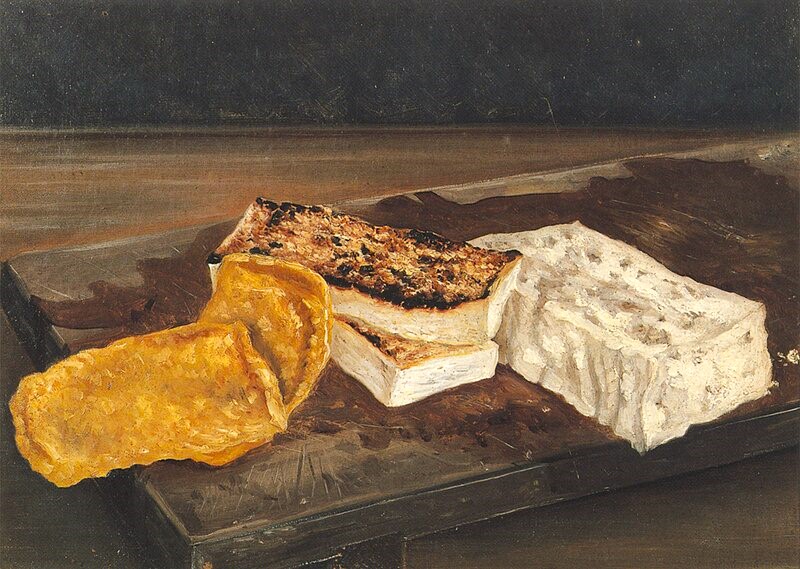
About This Work (Tap or Click to View)
The title says it all—Tofu.
This still life captures a quiet moment of daily life: a block of tofu, fried tofu, and thick fried tofu slices are neatly arranged on a cutting board. It’s a simple, everyday scene—but Yuichi Takahashi turns it into art.
Despite the plain subject, Yuichi’s skill shines through. He takes a straightforward approach and lets his technical ability do all the talking. There’s a refreshing honesty in how he paints each tofu product from a front-facing angle with no frills—just pure observation and technique.
What really stands out is the variation in texture. The fried tofu pieces look so real, you can almost smell the toasted edges. The surface even seems rough to the touch. And the star of the piece—the tofu itself—has a springy look, but also shows subtle wrinkles. You might find yourself wondering, “Is this cotton tofu? Or maybe it lost water while being painted?”
Interestingly, the light and shadow are not strongly emphasized, making the painting appear a bit flat. But that quality actually adds historical charm, reflecting the early stage of oil painting development in Japan.
By painting something so ordinary with such care, Yuichi shows us that even the most humble subjects can become fine art. His clear belief that “anything can be art if painted sincerely” comes through in this quietly powerful work.
“Portrait of Hirotsune Kotooka” (1881)
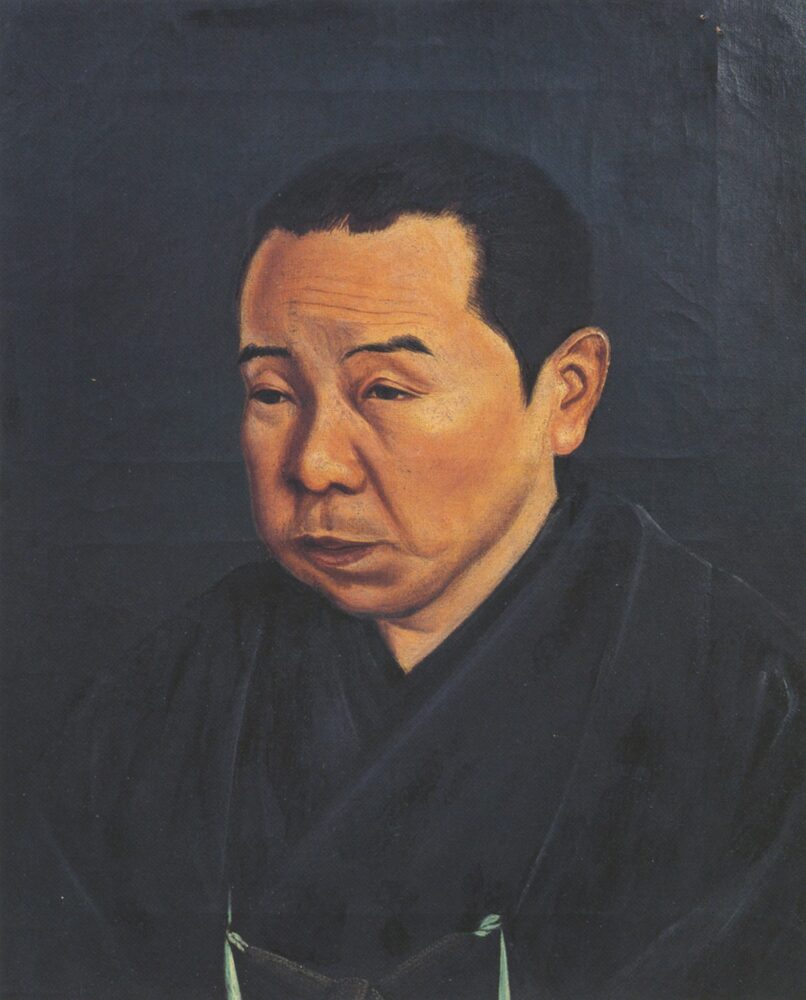
About This Work (Tap or Click to View)
To understand the complex history of Kotohira Shrine, one key figure is Hirotsune Kotooka—the man featured in this portrait.
In the early Meiji period, Japan underwent major religious reforms, including the separation of Shinto and Buddhism (Shinbutsu Bunri) and the anti-Buddhist movement (Haibutsu Kishaku). During this time, Kotohira Shrine transitioned from a Buddhist temple into a Shinto shrine. Originally a Buddhist priest, Hirotsune Kotooka changed his name from the Buddhist-sounding “Yujo” to a more Shinto-style name. However, he wasn’t appointed as the shrine’s head priest. That role instead went to Hayao Fukami, who came from Kagoshima—a bittersweet moment in Kotooka’s life.
This portrait was painted by Yuichi Takahashi during his stay at Kotohira Shrine around late 1880 to early 1881. While most of his portraits were based on photographs, this one was painted directly from life, making it especially rare and valuable.
The first thing you’ll notice is the muted color palette. The deep navy tones of both the background and the clothing may seem subdued at first glance, but they subtly emphasize Kotooka’s sincerity and calm demeanor. The more you look, the more the painting draws you in—it almost feels like it captures not just his appearance, but his inner spirit as well.
Yuichi Takahashi’s attention to detail is evident in the precise rendering of the face and the texture of the kimono. While the lighting and shadows may appear a bit flat, this actually adds a quiet, Japanese-style stillness to the piece.
Modern painter Ryusei Kishida once described the uniquely Japanese sense of rawness and mystery in art as “derori”. This portrait, too, carries that quiet depth. Take your time to fully appreciate the peaceful and introspective atmosphere.
“Moon over Rooftops” (1878)
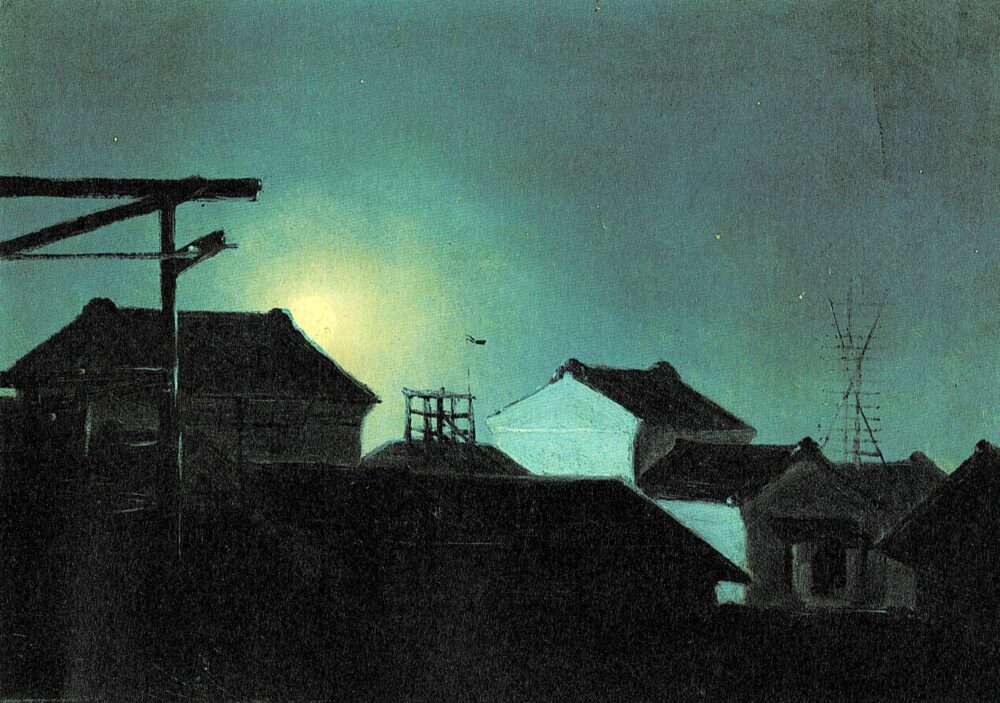
About This Work (Tap or Click to View)
This gentle nighttime cityscape, titled Moon over Rooftops, captures the quiet magic of a moonlit evening.
When we think of night scenes in oil painting, Vincent van Gogh’s Café Terrace at Night (1888) often comes to mind. But remarkably, Moon over Rooftops was painted a full ten years earlier, in 1878—making it one of the earliest oil-painted night scenes in Japan.
While Van Gogh used bold brushstrokes and vivid colors, Yuichi Takahashi’s night is calm and serene. The sky around the moon is softly blended in a delicate gradient, while the rest of the scene remains somewhat flat—creating a sense of “ma”, or empty space, often seen in traditional Japanese paintings.
At the time this work was painted, gas lamps were not yet common. Still, the white walls of the buildings seem softly illuminated, which may feel a bit puzzling. That subtle glow is not necessarily true to reality—it shows how Takahashi thoughtfully composed the scene to work as a painting, not just a direct copy of what he saw.
In other words, he balanced realism with artistic composition, focusing on how to make the image feel beautiful as a whole. This painting clearly conveys both the quiet mood of a moonlit night and Takahashi’s skill as a visual composer.
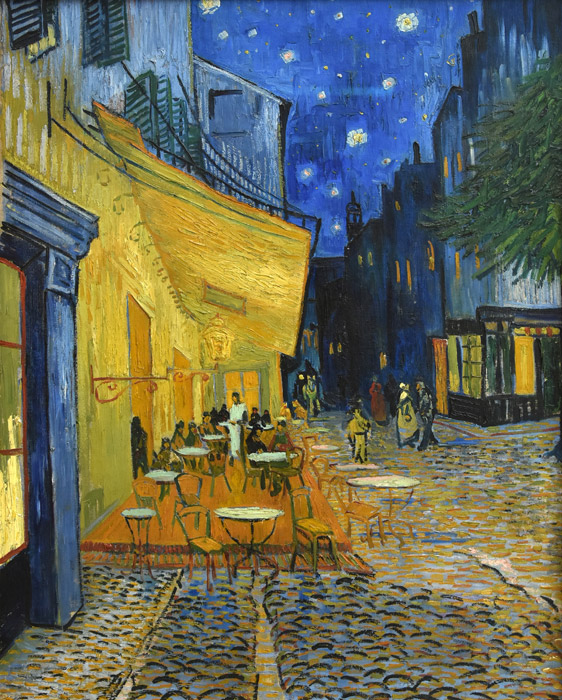
“Sumida River Under the Moonlight” (1878)

23.6 × 66.2 cm
About This Work (Tap or Click to View)
This piece, titled Sumida River Under the Moonlight, is another quiet and beautiful moonlit scene by Yuichi Takahashi.
What makes this painting especially unique is its original purpose—it was designed as part of a cabinet inside the headquarters of the Kotohira Shrine Supporters’ Association. In other words, it was originally painted as a built-in piece of furniture—a rare example of art created to blend into daily life.
The color palette is very simple: mainly bluish-gray with hints of yellow. The overall composition is flat and understated. Rather than expressing the artist’s personality boldly, it feels more like a painting meant to quietly harmonize with the room. You could call it a perfect example of “beauty for daily living.”
Still, this artwork is far more than decorative background. The soft atmosphere Takahashi creates is truly remarkable—almost Impressionist in its feel, reminding some viewers of Claude Monet or Camille Pissarro. The hazy reflection of the moonlight on the river is especially beautiful, inviting you to pause and look closer.
Unlike his usual realism-focused works, this piece leans more toward decoration than strict observation. That alone makes it stand out within Takahashi’s body of work.
And here’s what’s truly fascinating: it was painted in 1878—a time when the term “Impressionism” was barely known in France and completely unknown in Japan.
Today, it’s common knowledge that Japanese art, like ukiyo-e, inspired many Impressionist painters in Europe. But in most cases, Japanese Western-style painters were influenced by French Impressionism.
Not here.
This work was created in Japan, based on Japanese aesthetics, with no influence from Europe. You might even call it:
A homegrown, 100% pure Japanese Impressionism.
The fact that this quiet little painting—originally meant to be part of furniture—was actually ahead of its time makes it all the more exciting.
Basic Information: Takahashi Yuichi Museum
Location: 892-1 Kotohira Town, Nakatado District, Kagawa Prefecture
What to See Around Kotohira Shrine
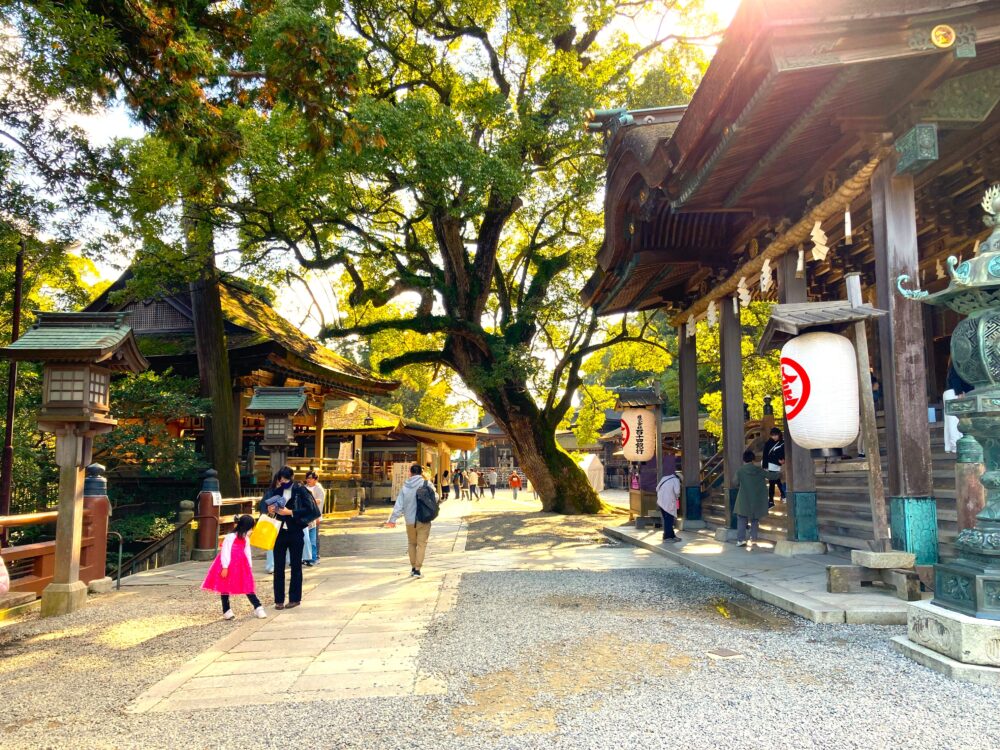
Omote Shoin (Reception Hall)
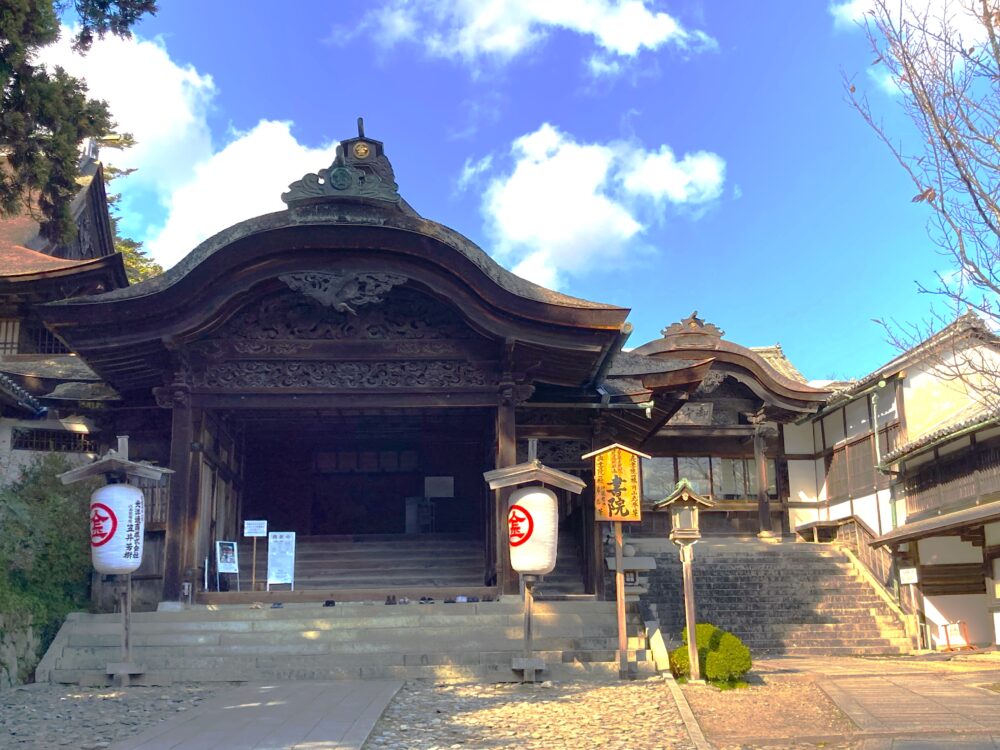
Just a short climb above the Takahashi Yuichi Museum, you’ll find the Omote Shoin, a historic building dating back to the mid-17th century. Originally used to welcome important shrine visitors, it’s now designated as an Important Cultural Property.
The highlight? Spectacular wall paintings by Okyo Maruyama, a master of Edo-period art. You’ll also find works by Tanryo Murata and Kansai Mori, painters from the Meiji era. A must-see for art lovers.
It’s just a short walk from the museum—don’t miss the chance to pair both experiences!
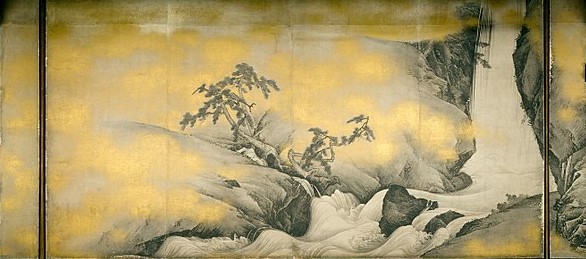
Treasure Hall (Homotsukan)
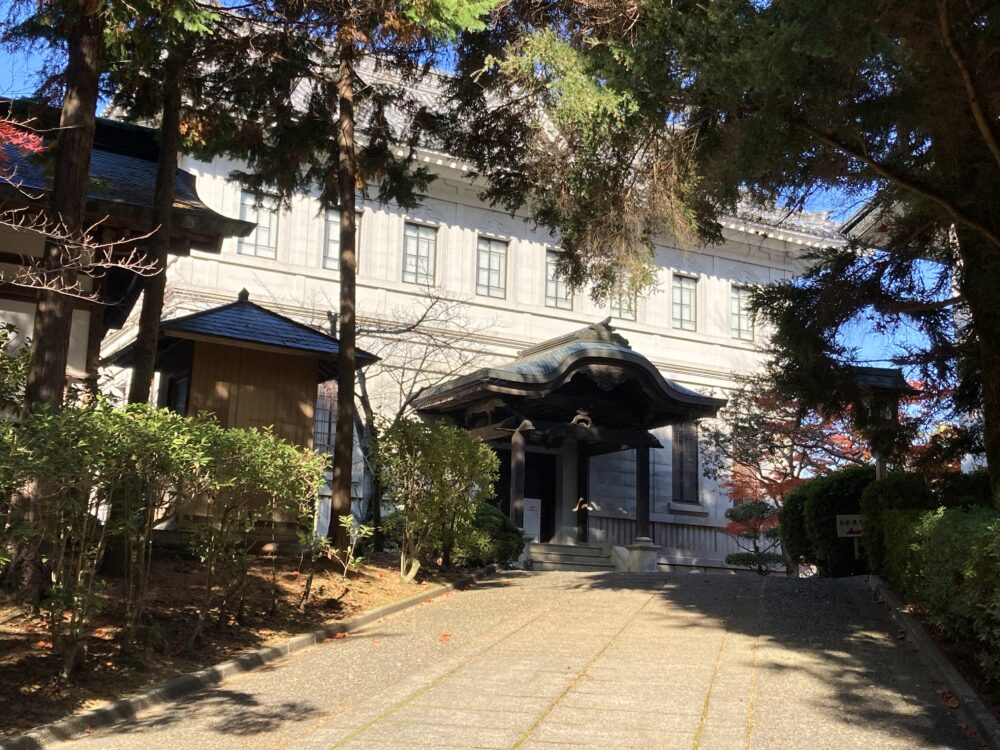
A bit downhill from the Yuichi Museum is the Treasure Hall, built in 1905. The building itself is a blend of Japanese and Western styles, with a striking stone façade worth seeing on its own.
Inside, you’ll find priceless treasures donated to Kotohira Shrine, such as a standing statue of the Eleven-Headed Kannon (a designated Important Cultural Property), folding screens depicting local festivals, and much more. It’s a rich mix of history and fine art.
Both the architecture and exhibits are well worth your time. Pair it with the oil paintings in the museum to deepen your appreciation of Kotohira’s cultural treasures.
Oku-sha: Izutama Shrine
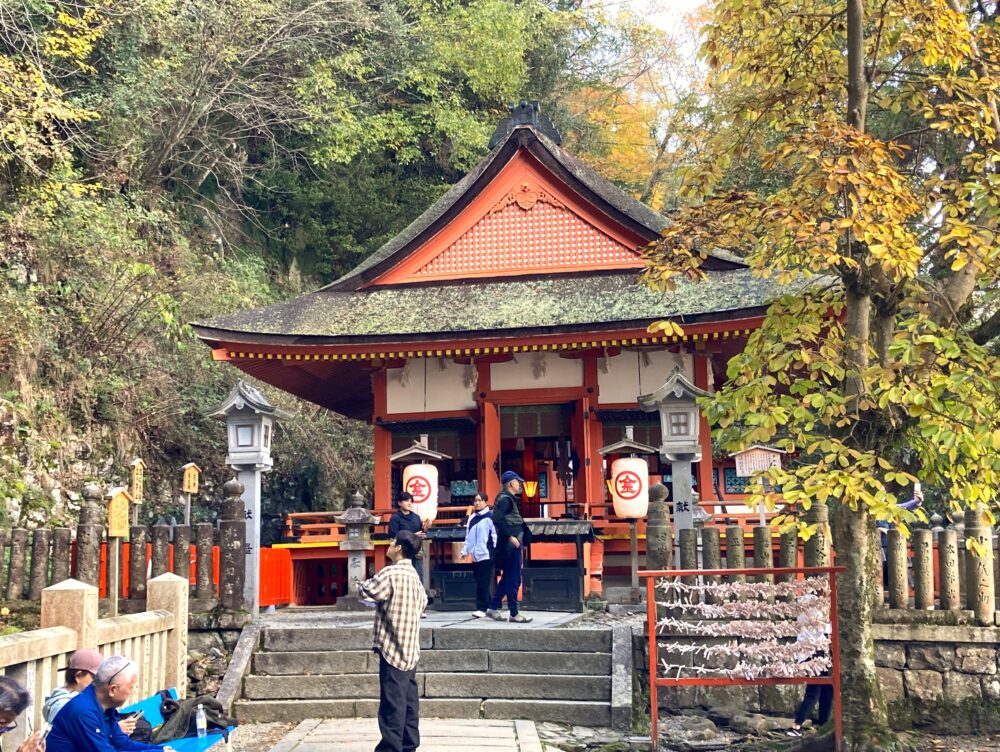
Feeling adventurous? Climb beyond the Main Shrine (785 steps) and continue another 583 steps to reach Izutama Shrine, also known as the Inner Shrine—a grand total of 1,368 steps!
It’s a serious hike, but those who make the climb are rewarded with panoramic views of the sea, mountains, town, and sky—a breathtaking sight that makes the effort worth it.
If you’re up for the challenge, bring water and don’t forget your sneakers!
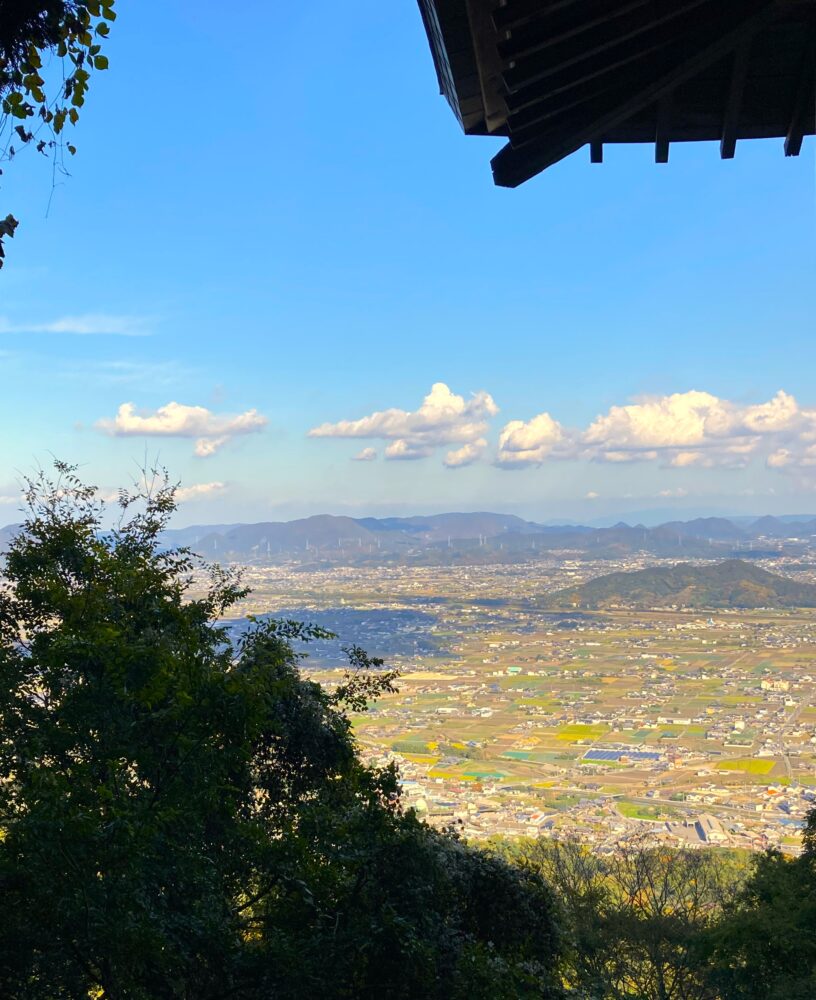
Final Thoughts: Oil Paintings, Stone Steps, and a Unique Cultural Journey
Yuichi Takahashi—the first Japanese artist to master oil painting—might seem like an unexpected name to find within the grounds of Kotohira Shrine. But once you learn the story, it all makes sense.
His connection to the shrine is very real. His artistic journey and bold experiments quietly live on here in Kotohira.
And along the way, you’ll also encounter Maruyama-style wall paintings, Meiji-era treasures, beautiful shrine architecture, and a mountaintop view that will leave you speechless.
Yes, the stone steps are tough—but at the top, you’ll discover art and landscapes that have stood the test of time.
Kotohira Shrine, the Takahashi Yuichi Museum, and its surroundings aren’t just sightseeing spots.
They form something like a living, walkable art museum, where modern art and tradition meet.
If this sounds even a little interesting, throw on some comfortable shoes and start walking.
With every step, you’ll find something new waiting to be discovered.
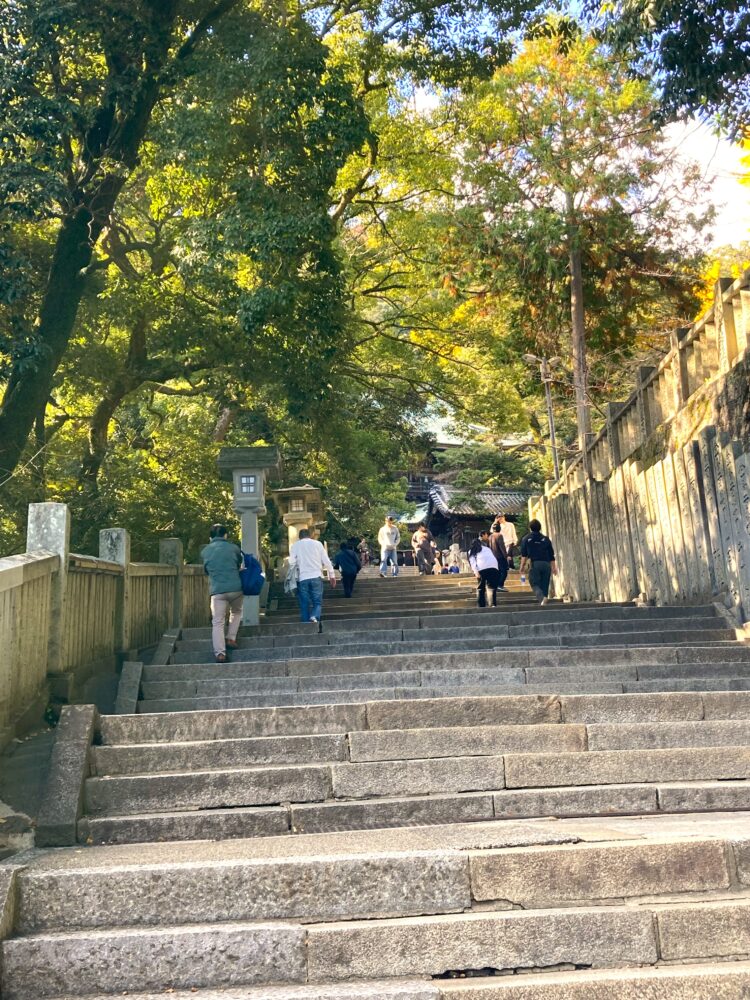
References
- Toru Haga, The Domain of Painting: A Comparative Cultural Study of Modern Japan, Asahi Shimbun, Oct. 20, 1990
- Shinsuke Utada, Takahashi Yuichi: Collected Works, Kotohira Shrine, 2019
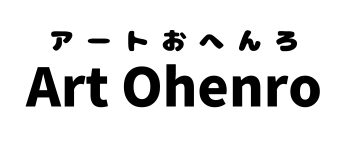



Comments